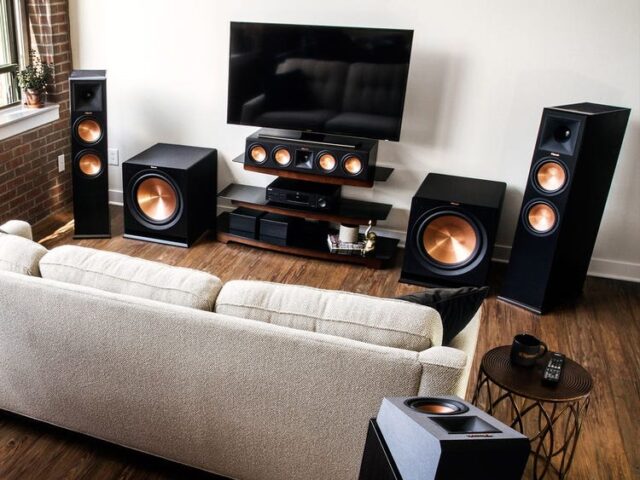
It’s easy to fall in love with a speaker demonstration that rattles the store windows. Just because it has exaggerated bass and high treble doesn’t mean it’s going to sound right down the road. Buyers should research, listen, then decide which speaker to buy.
To Time-And-Phase Align Or Not
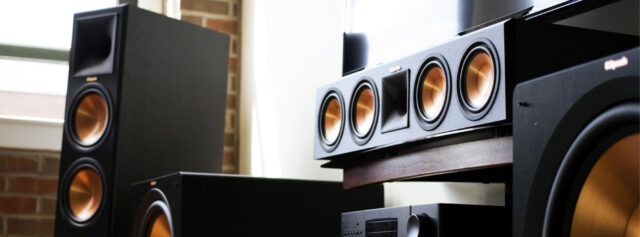
The subject of sound is full and not everything about it is cut-and-dry.
At the most basic level, there are two types of speakers: time-and-phase aligned, and those that are not.
In a time-and-phase aligned speaker, the sound coming from the tweeter, midrange (if equipped), and woofer reach the listener’s ears simultaneously. This preserves the signal coming from components such as a CD player, media device, and amplifier.
Currently, only Vandersteen and Thiel make these time-and-phase aligned models. These are companies that have been around for years and have earned a solid reputation.
There is a difference in how these speakers sound, so compare them with those that are not time-and-phase aligned. They will reveal the limitations of a sound system and the music or movie sound that plays through them.
This doesn’t mean that buyers can’t enjoy a speaker that is not time-and-phase aligned. Companies with high-quality audio products include Paradigm and B&W. They each offer speakers in every price category and size level. They can sound very lively and provide years of enjoyment. Just be aware there is a difference in sound between speakers that are time-and-phase accurate, and those that are not.
What To Listen For
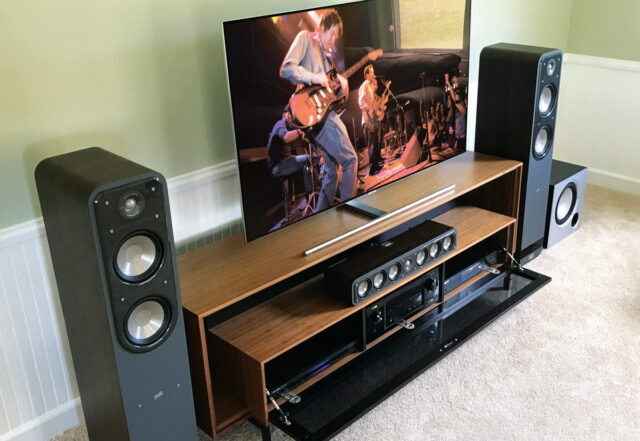
Do shop around! Bring audiophile CDs, low-resolution MP3 files, and movies to test the products. Good speakers should not make all recordings sound equal, and they will show how weak MP3 is, and how movie sound formats and CDs aren’t created equal.
Film sound, as good as it may be, isn’t high fidelity. Even if the goal is to build a home theater system, it is good to judge them on how they play music first. If the music sounds good on speakers, a buyer has their eye on; movies will look good.
Bass is excellent, but not everything that goes through a speaker (and subwoofers) should sound like a car stereo’s subwoofer. A violin shouldn’t sound like a bass, for instance. Every recording doesn’t necessarily carry a lot of basses. Also, listen for exaggerated treble or “air” in speakers. They should strive to sound as balanced as possible.
Components Can Make A Difference
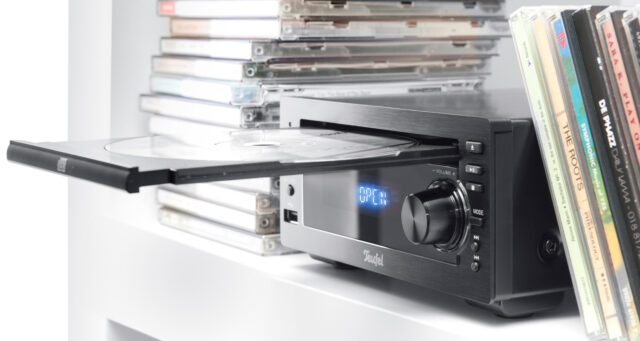
According to Richard Hardesty’s excellent Audio Perfectionist website, source components like CD players and pre-amplifiers set the limit of resolution. Speakers, especially if they’re time-and-phase accurate, will reveal limitations of those components. Home-theater-in-a-box components will not necessarily sound as good as carefully chosen separate parts, or a good receiver. Consider, if possible, upgrading to better parts to maximize a speaker’s quality.
You Need a Great Soundbar Too
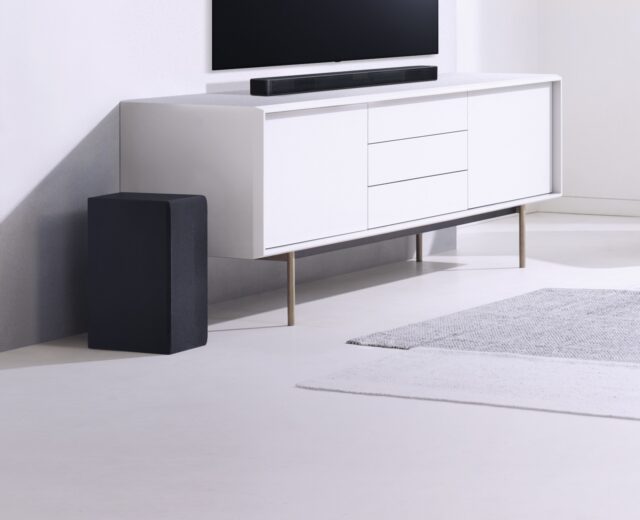
For music and movies, especially on a home theatre setup, you can never go wrong with a soundbar that goes with your external speakers. Sony is one of the leading companies for soundbars, with its Sony HT-ST5000 leading the top audio products in 2025. If you wanna read more about this soundbar model, check this review by The Product Analyst.
Reading Reviews And Deciding

Magazines and websites can be an excellent resource for up-to-date reviews and technical data. Reviewers of almost any magazine or website can be a useful resource, too. Keep in mind that a reviewer’s opinion, no matter the source, is their opinion. It’s up to a buyer to weed out what’s right for them. They can be biased, just as this article’s writer can be.
Many speakers may use many of the same parts across their product lines to save on costs. Some high priced ones may share the same tweeters and midrange drivers. Check their websites, read reviews, and then compare.
In high-end audio magazines, reviewers seem to like unusually expensive speakers. Not everyone can mortgage their savings on high priced brands and models that magazines can get for review. High price and praise may not necessarily equal value and great sound.
Use a budget before laying down the old credit card. Spending thousands more on speakers may get only a slightly better sound than a lower end speaker. There may be no improvement at all. Nearly every speaker manufacturer makes at least one high priced speaker if prestige is a factor. Some higher-priced models do sound better than lower-priced ones but research to see if the extra money is worth spending. Friends may be impressed by glossy speakers, but they don’t have to live with the payments.
Considerations and Caution
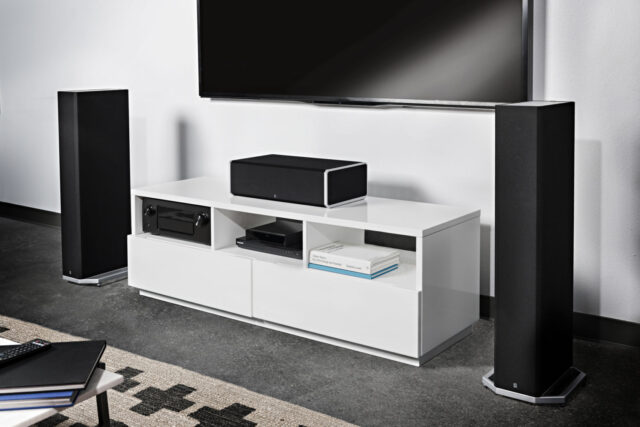
Here are some basic and straightforward considerations that can help you:
- Considering two excellent main speakers first (left and right), before investing in surround, center, and subwoofers for a home theater.
- Don’t fall in love with the product because of how they sound on a movie sound demo.
- Consider models that are time-and-phase accurate.
- Don’t immediately fall in love with speakers because the sales associate put in a CD of your favorite song.
- Consider space limitations, but be flexible.
- Don’t always believe media hype over those that cost as much as a sports car.
- Be cautious of tiny satellite ones.
- Consider l range three-way speakers that include tweeter, midrange, and woofer.
- Do shop at high-end stores because they can offer superior speakers at reasonable prices.
- If you’re a professional, don’t base quality sound on DVD or Blu-ray discs; use a well-recorded CD or SACD instead.
- Don’t base sound quality on the local megaplex’s sound system, or a friend’s booming car sound system
- Any suitable audio device will provide enjoyable sound for movies and music.
- A great model will showcase the high quality of recordings but will exhibit the shortcomings of poor ones. A great speaker stands out of the way of the signal coming from a pre-amplifier, amplifier, and receiver.












